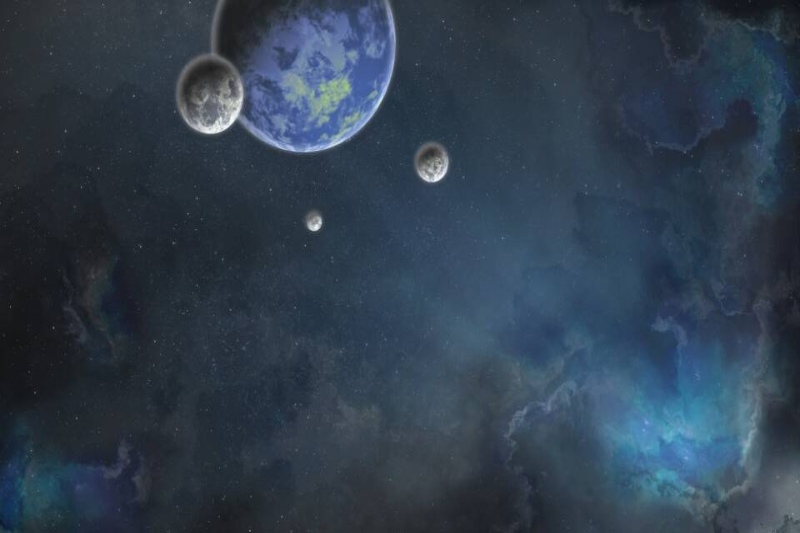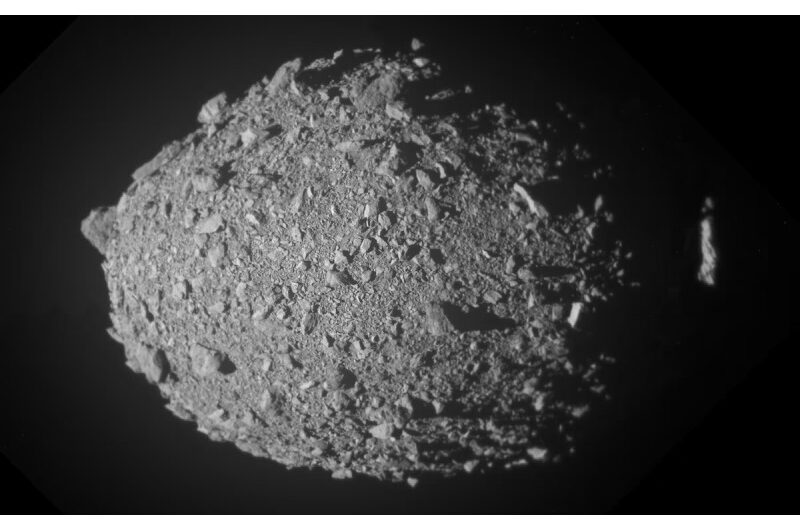The James Webb Space Telescope (JWST) may wish to focus more on what is absent than what is present when it comes to finding evidence of liquid water and the conditions necessary for life on planets outside of our solar system. This is what that implies.
Researchers from the Massachusetts Institute of Technology (MIT) and the University of Birmingham have hypothesized that rocky worlds outside of our solar system that have lower atmospheric concentrations of carbon dioxide than other planets in the system may be indicating that liquid water is present on those worlds. And the existence of liquid water is a crucial sign of possible habitability, as demonstrated by the emergence of life on our own planet and the prerequisites for life here.
While existing technologies are not yet capable of searching for essential chemical elements that signify habitability on extrasolar planets, or exoplanets, depleted carbon dioxide is a signature that the JWST is now prepared to detect.
Julien de Wit, an assistant professor of planetary sciences at MIT and member of the discovery team, said in a statement that “the Holy Grail in exoplanet science is to look for habitable worlds and the presence of life, but all the features that have been talked about so far have been beyond the reach of the newest observatories.” “We now have a method to determine whether liquid water exists on other planets. We can achieve that within the next several years as well.”
A guide to finding extraterrestrial life
At this point, scientists have developed excellent tools for calculating a planet’s distance from its parent star and, consequently, whether it is located in the “habitable zone” of that star, which is the area that is neither too hot nor too cold to support the existence of liquid water.
However, the planets Earth, Mars, and even Venus are all located in the habitable zone of our solar system. However, only one of those worlds is able to sustain life as we know it at this time. Thus, it may be concluded that exoplanet habitability and liquid water preservation are not solely dependent on geographic location. Thus, at this time, scientists lack a reliable method for determining whether a planet is habitable or not.
The study came to the conclusion that, in addition to being the only one that is livable—Earth, Mars, and Venus—it also has a lower carbon dioxide atmosphere than its neighbors in the habitable zone.
“We assume that these planets were created in a similar fashion, and if we see one planet with much less carbon now, it must have gone somewhere,” Triaud pointed out. “The only process that could remove that much carbon from an atmosphere is a strong water cycle involving oceans of liquid water.”
Our planet’s oceans have been removing enormous volumes of carbon dioxide from the atmosphere over billions of years, so it today has less than that of Venus or Mars.
According to Frieder Klein, a scientist at the Woods Hole Oceanographic Institution (WHOI) and co-author of the study, “on Earth, much of the atmospheric carbon dioxide has been sequestered in seawater and solid rock over geological timescales, which has helped to regulate climate and habitability for billions of years.”
This made the scientists believe that the presence of a liquid ocean may also be indicated by a comparable decrease in carbon dioxide levels in the atmosphere of an exoplanet.
Searches using these parameters would be most appropriate for “peas-in-a-pod” planetary systems, which are analogous to our own solar system in that they contain several similar-sized rocky or terrestrial worlds orbiting their star at comparable distances.
The team suggests that the initial stage in the inquiry is to look for carbon dioxide and use this as a sign that the exoplanets you are targeting have an atmosphere. The next stage would be to ascertain the precise amount of carbon dioxide present in the atmospheres of each planet in a single system once it has been established that the planets have atmospheres.
If one or more of the planets have noticeably lower carbon dioxide levels than the others, this suggests that they probably have oceans of liquid water and may be livable.
Naturally, this approach involves a bit more than merely comparing carbon dioxide abundances. “Habitability” is not the same as “inhabited.” In order to investigate the possibility of life on an exoplanet that lacks carbon dioxide, the team recommends searching for ozone instead of carbon dioxide.
Ozone is a molecule made up of three oxygen atoms that is produced when microbes and plants remove carbon dioxide from the Earth’s atmosphere and release oxygen molecules into the sun. Since ozone is easier to detect in the atmosphere of far-off exoplanets than oxygen itself, it is a good indicator of these activities on alien worlds.
According to the team, a planet may be both livable and inhabited if its atmosphere exhibits indicators of reduced carbon dioxide levels combined with an abundance of ozone.
“If we see ozone, chances are pretty high that it’s connected to carbon dioxide being consumed by life,” Triaud added. “And if it’s life, it’s glorious life. It would not be just a few bacteria. It would be a planetary-scale biomass that’s able to process a huge amount of carbon and interact with it.”
According to the researchers, the JWST can already measure ozone and carbon dioxide abundances in nearby multiplanet systems.
Among these is the 40 light-year-distant TRAPPIST-1 system, which is thought to contain seven planets similar to Earth, some of which are in the habitable zone of its cold star.
“TRAPPIST-1 is one of only a handful of systems where we could do terrestrial atmospheric studies with JWST,” de Wit concluded. “Now we have a roadmap for finding habitable planets. If all work together, paradigm-shifting discoveries could be done within the next few years.”
Topics #carbon-lite #JWST #Space Telescope










